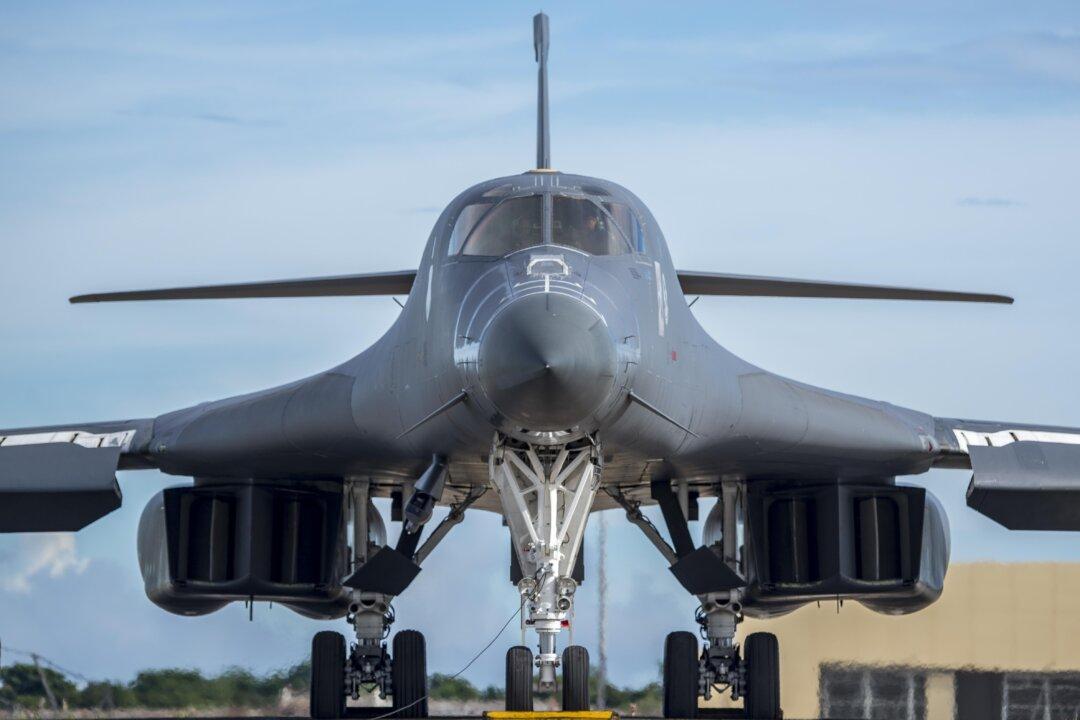The U.S. and Japan are brandishing their alliance—and military hardware—as both countries stare down North Korea’s nuclear threat and grapple with its long-standing ally, the Chinese communist regime.
With the Trump administration giving up hope China can rein in North Korea, there is renewed focus on cementing relationships with democratic allies in the region.





